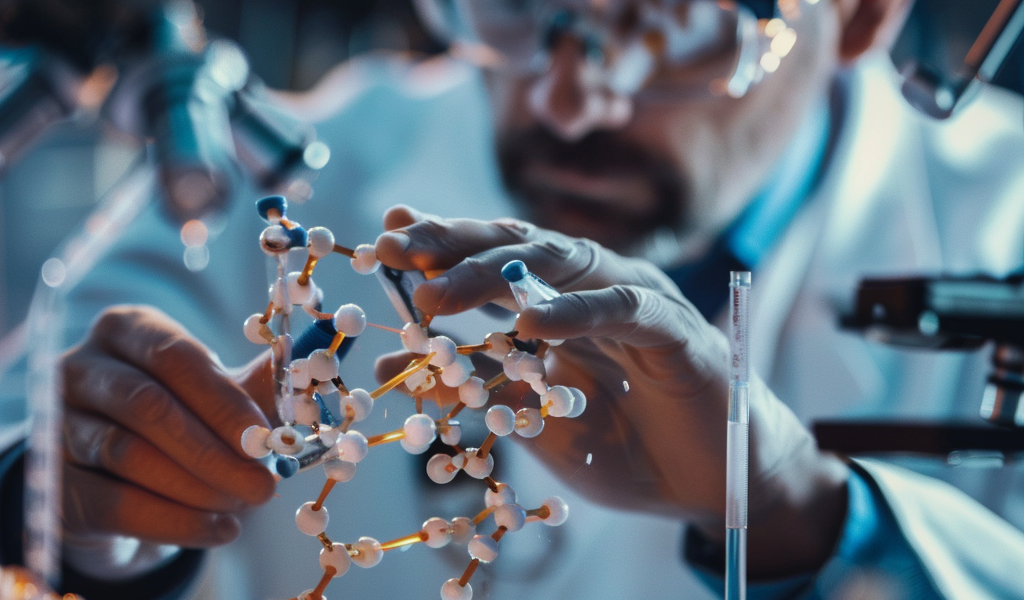Chronic pain affects millions worldwide, with current treatments often relying on opioids, which come with the risks of addiction and overdose. However, a recent study has shed light on potential non-addictive alternatives for pain management. The research focuses on the evolution of a human protein responsible for cold sensations and offers hope for future pain therapies without the adverse effects associated with traditional treatments.
The study, led by Wade Van Horn, a professor at Arizona State University’s School of Molecular Sciences and Biodesign Center for Personalized Diagnostics, delved into the TRPM8 protein, which controls cold and menthol sensations in humans. By utilizing techniques from various scientific fields such as biochemistry and biophysics, the research team discovered that TRPM8 initially functioned as a chemical sensor before evolving into a cold temperature sensor.
Van Horn highlighted the potential of understanding how to separate the chemical sensing of cold from the physical sensation of cold, which could pave the way for developing side-effect-free pain medications. The aim is to design drugs that provide relief without the dangerous side effects commonly associated with existing painkillers.
TRPM8 plays a crucial role in various types of pain, including chronic neuropathic and inflammatory pain. By deciphering the specificity of chemical sensing versus physical cold sensation, researchers aim to target pain relief without triggering the temperature regulation side effects observed in previous TRPM8-targeted treatments for pain management.
The research employed ancestral sequence reconstruction to trace the evolutionary history of TRPM8, essentially creating a ‘time machine’ for proteins. By reconstructing the family tree of TRPM8 and analyzing proteins from extinct animals, the team gained valuable insights into the protein’s development over time.
This innovative approach opens up new avenues for designing pain medications that offer effective relief without the risks of addiction or other adverse effects. The collaborative efforts of evolutionary biology and modern pharmacology showcased in this study exemplify the potential for improving chronic pain management through groundbreaking research.





